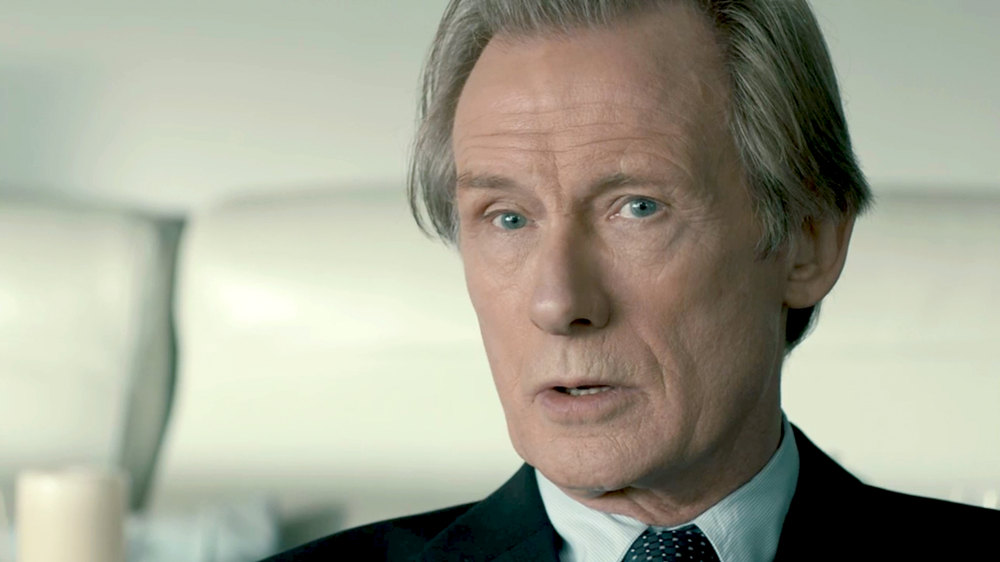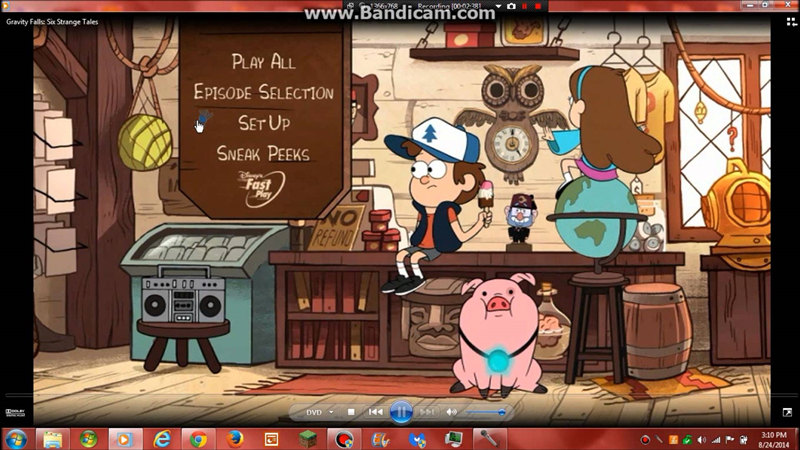Not much else other than the medium of film can bring you enormous events from the past into the current age and simultaneously entertain and educate you. Whether told through small personal stories or widespread narratives spanning the globe. It shows the audience the written word that has documented history in a visually more identifiable form. With stark, sobering clarity director Xiaogang Feng brings you “Back to 1942”, an epic look into one of the worst famines in human history.
“Back to 1942” opens with scratchy audio of an old record laying the historical groundwork. As the title suggest, the year is 1942 and there is a severe drought in the province of Henan, China. This has led to widespread famine brought on by a number of additional causes such as the planning errors and outside social pressures. The government of China had prohibited people to be able to own farms. The story revolves around many aspects of the famine however the heart of it lies with the families migrating out of Henan. There is a desperation here that is only rivaled with 2009’s “The Road”. This is a sobering look at what people needed to resort to just to survive. The opening scene is a frightening introduction to the desperation of the lack of food. Master Fan (Hua Zhi) and his 100 or so people have enough reserves of food for them to live comfortably. A large group of bandits have arrived at their gates wanting their food and their desperation makes them dangerous. A battle ensues and there are mass casualties including Master Fan’s son. With their fort in ruins, he and the rest of his family (wife, daughter, mother, infant and others) are forced to flee to find food and help elsewhere. As they migrate towards a hopeful sanctuary the days and distance of the refugees are tracked showing their arduous plight. Meanwhile we see General LI (Li Peiji) dealing with the upcoming war with the Japanese on top of trying to figure out how to feed his starving people.
As noted earlier, this film focuses mostly on the desperation of the situation. Early on, as Fan’s food begins to run out, one of his family members attempts to sell their infant relative for food to keep the other family members alive. But instead of selling the baby, the family resorts to surviving off of bark, sticks and bits of wood. That can only do so much and the desperation deepens. This is the kind of desperation where a father has to sell his seventeen year old daughter into prostitution so in return he can get some grain to feed the rest of his family. And if that isn’t enough the daughter, who willing was sold, turns to her father and tells him to forget about her and instead pretend that he strangled her to death. As if that thought is somehow more comforting than the truth. Millet, grain and flour are the highest commodities and people will steal ,trade and sell family members for it. There are several moments of the devout losing faith and asking serious questions about why God can’t stop the famine. Although this was an intriguing segment of the film, it quickly leaves it off to the side, unanswered.
There is some beautiful setwork giving the feeling of complete authenticity from beginning to end. In the middle is where most of the action happens and there is some epic cinematography. A standout scene is the brutal bombing of the Chinese refugees and soldiers. It is shot wide and slow feasting the eyes with information. This film won the AIC Award for Best Cinematography at the International Rome Film Festival. Cinematographer Yue Lu’s other epic work is also on display in “Red Cliff II” and “Aftershock”.
One small critique I have is that this film suffers the same issue as other Asian period pieces where some of the comic relief characters tend to act anachronistically. I have watched a fair number of Asian films now and this seems to more of an industrial approach instead of a directorial one. Tim Robbins and Adrien Brody also appear in smaller roles. Robbins as a Father in a monastery and Brody as a photojournalist for Time magazine trying to document and get a handle on what is actually happening. They are not given much screen time but what they have is terrifically acted.
Video:
Shot with an OAR of 2.35:1, “Back to 1942” sports a gritty and grey color pallet with much of the color taken out. Even the fiery explosions look more gray than yellow or orange. However, this is the intended look so it is not a knock on the transfer. Detail is quite good as this was shot with a combination of film and digital cameras. I will say that at two and a half hours long the presentation could have benefited from using a 50GB disc instead of a 25GB. At some moments of chaos the image does falter a tad but nothing to devastating. Subtitles are shown on the image above the black bar at the bottom.
Audio:
According to the Blu-ray case and audio menu the main track is a Mandarin DTS-HD MA 5.1 track. This is mostly a dialogue heavy movie. The several scenes of action punch violently with realistic moments of shock and awe. The scene where the Japanese bomb the Chinese as they are walking alongside a road is both deafening and frightening. Every explosion has a powerful and realistic boom associated with it. The residual falling dirt sprays from all five speakers creating an intensely immersive experience. The dialogue is well prioritized to the front soundstage. I don’t speak Mandarin but everything sounded crystal clear to me.
Extras:
There is only a HD trailer for the film.
Bottom Line:
“Back to 1942” digs in and shows the desperation of the Chinese as they attempt to survive the famine at the same time showing the political dilemmas that got in the way of helping the refugees. It is a tribute to what happened in 1942 that not a lot of people may know about. It’s a bleak journey but one worth taking, especially for the cinematography. With great, albeit slightly inconsistent video and tremendous audio, this comes highly recommended.


